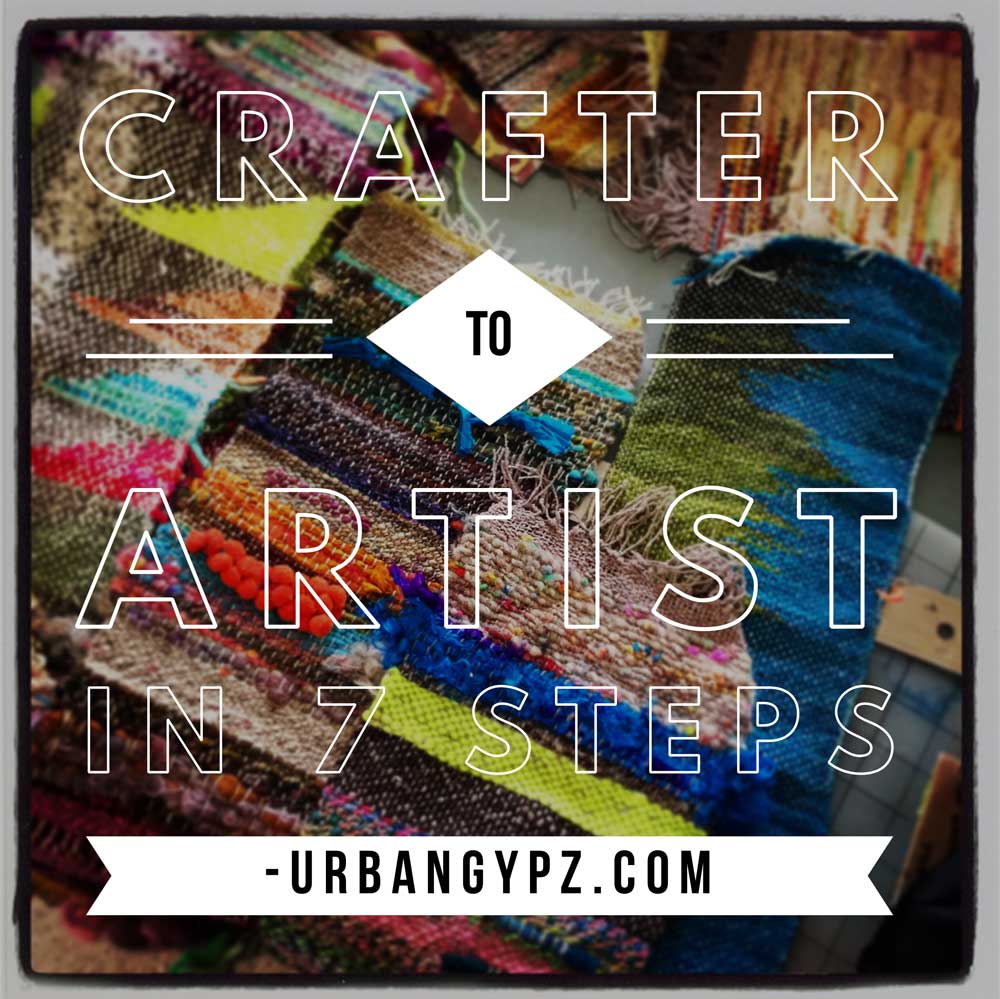
Ages ago in Birmingham, my friend Robin and I would do a weekly craft night at her house. I had just started to knit and was making a garter stitch scarf that was, of course, way too wide. She was a cross-stitcher who loved tackling large complex patterns. Others would join us from time to time, doing all kinds of different crafts. There was a gallery owner that would hand paint light switch plates for her shop. Another artist would show up with a hammer and ceramic tiles to crush for mosaics. Some would doodle, others just showed up to hang out and chat. We were all part of a community of art peeps, attended the gallery opening, took community classes to learn new things, went to concerts and gathering. This was part of my group of creative friends.
I loved making. I was a graphic designer by day, and that art-love seeped into my activities in my spare time. I took classes in raku, batik, mosaics, metal jewelry, stained glass, knitting, paper making. Oh how I love to learn to make the stuff. I wanted to be an artist. I mean I always saw myself as an artist, but despite all the classes I took, and all the creative things I made, I was nothing more than an art enthusiast. I had nothing to show for all those classes. Nothing significant. Maybe some trinkets, but nothing I would stand back and really consider a work of art. I was not understanding how to leap from my creative urges to even considering showing in a gallery…or even so much as a gallery shop.
Robin, being the awesome friend that she was, said just one simple sentence that changed my life forever:
“Just pick something and stick with it.”
OMG…she was so right. And it was so simple. How could I build a body of work as an artist if my focus was so split? Where is my cohesive style if I am in 5 different mediums. Even looking back at the first paragraph of this post, I notice the two women who I remember, I remember because of their work. Vero hand painted found objects with a distinctive whimsical style. Ally made colorful folk art mosaics with quirky humorous themes. In the fiber art world, I can look at some pattern designer’s work and know exactly who designed them. Who couldn’t spot Nora Gaughan’s unusual sweater shapes or Rosemary Hill’s gorgeous lace shawls. Each of their styles were developed over time. Obsessed with making the same thing over and over with tweaks that made a piece unique, then slowly shifting their work in a new direction for new pieces.
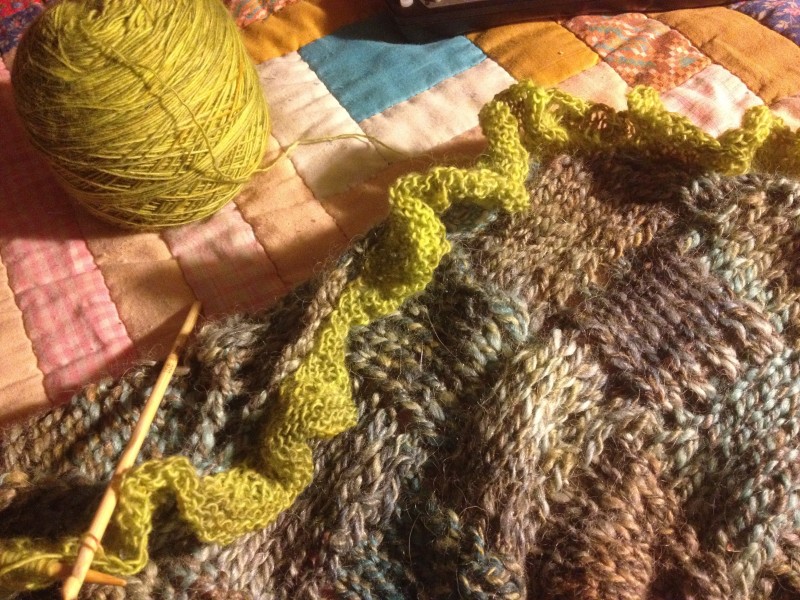
So, from that moment on I picked knitting. Knitting that expanded into spinning and dyeing as I worked to find unique colors and textures for my work. Other fiber arts like weaving and felting that grew out of new ways to use my hand made fibers and yarns. It has been a slow slow slow process that is approaching 20 years. I still like to play in other mediums. Lately it has been ceramics and art journaling (art journalling actually feeds the fiber art). But I get it. Making art takes consistency.
So, does this sound familiar? I know most people who read this blog are usually creative peeps. Maybe you are okay with the status quo, taking classes in new mediums and savoring the process of learning new techniques for making cool stuff. I get it. I still love learning new art stuff, too. And it is okay to enjoy dabbling all kinds of creativity. But, do you find yourself a little jealous of artists who are making art? Do you think…”I could do that”, yet find you still lacking a body of work that represents you as an artist? Do you find yourself saying “I don’t have time”, “I’m overwhelmed”, “I can’t.” These were the same things I said to myself all those years ago. Before Robin pointed out the obvious. Before I became obsessed with knitting and all things fiber art. Back then I YEARNED to make art too. I knew I could. And so did Robin.
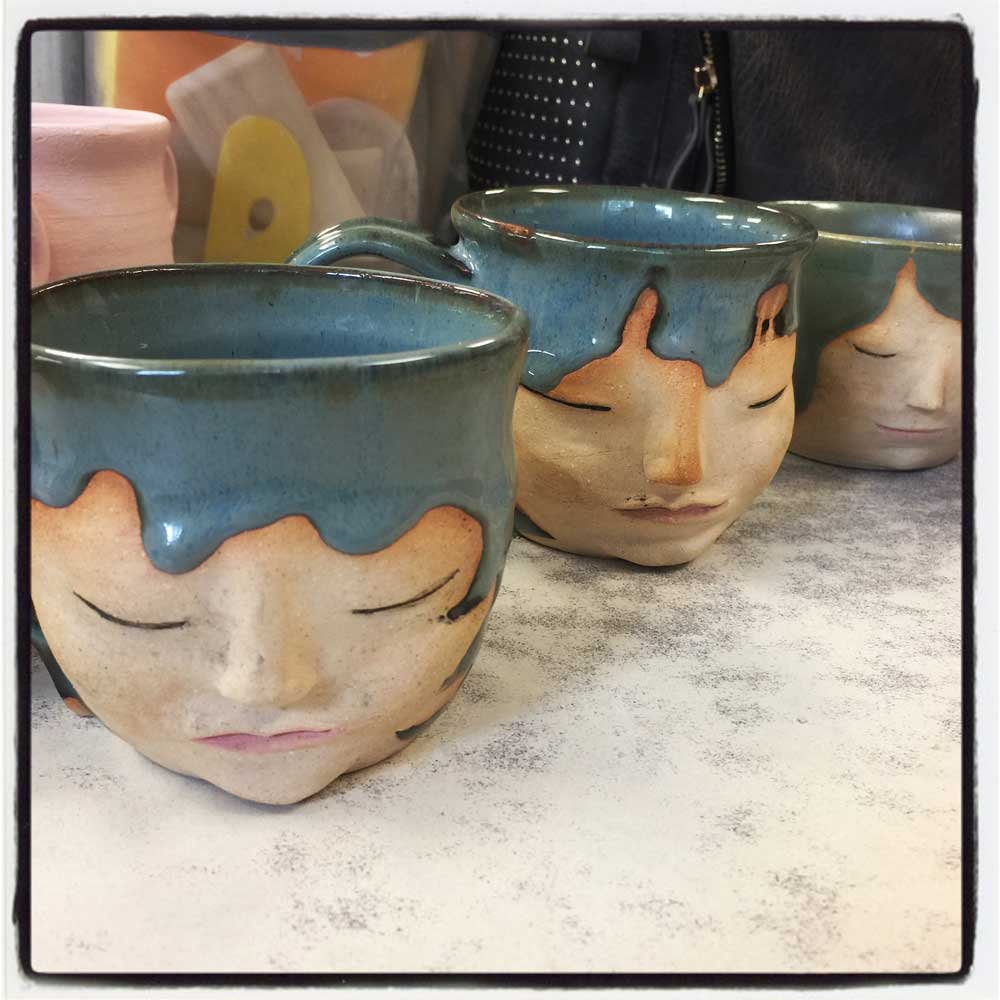
Chick pea, I would hate for you to find yourself at the end of your time on this planet having not fulfilled your dream of being an artist instead of a dabbler. So, today, I am sharing with you what I consider the 7 vital steps in actually reaching that goal of making real art and becoming the artist you are.
1. Let’s just call ourselves artists already.I wrote and article on this right here. In a nutshell, don’t wait until you pull together the work/get into a gallery/make the first sale to call yourself an artist. Start today. You are an artist. Go ahead say it, write it on a post it note. Own it.
2. Find your obsession. Like Robin said, pick one thing. Well, that one thing you pick will need to be something you love so much you could easily become obsessed. Making art is filled with project shame, frustrations, pushing through and making a lot of the same thing. Make sure you pick something you love. You can change paths if it is absolutely the wrong thing, but it is so much easier to just really be mindful about what you pick. Seriously. Pick something good. Pick something so good you will make time in your busy schedule to prioritize it.
3. Work through the technical to get to the art. You are gonna need to get the technical glitches worked out. Doing this requires making a lot of the same or similar things. Just this week my clay studio buddy bitched at me for making the same mugs over and over again. I ignored her, despite her judgement. I was not throwing pots for anyone else’s entertainment. I know what I need to do to elevate my work to where I want it to be. Art can get technical and boring.

4. View your early work and mistakes with compassion and a sense of humor.How hilarious is that ill-fitting sweater? Who doesn’t make their first hand knit scarf WAY too wide? My first mugs were super large and heavy, but perfect for my weight-lifting father-in-law. The next mugs were then way too small… like for-children small. Mistakes are where the best growth opportunities happen. Failure in a project does not equal failure as an artist. Get a good giggle, figure out what went wrong and try again. The only way to fail as an artist is when you give up or don’t try.
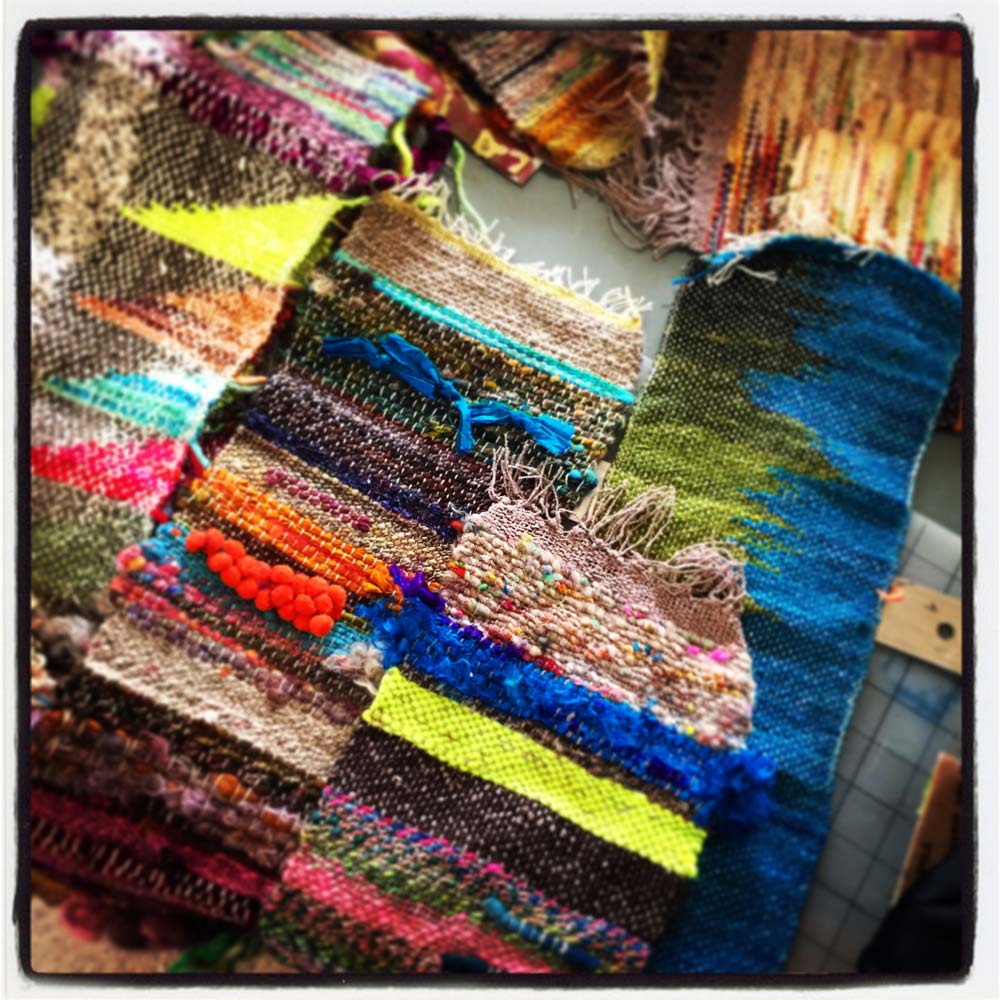
5. Make more of what is working. Walk into any of the dozens of art galleries in the Asheville River District, and there is always a congruency in their body of work. They are not all over the place with product. You can see a distinctive style and visual language. My clay teacher, Caroline, referred to it as exploring an idea completely. It is also the backbone of developing a style.
6. Get curious.Once you start making a lot of the same thing, it is natural for curiosity to come into play. You are in the muscle memory of your work, giving your brain space to wander instead of focus so intently. This will lead to shifting what you are doing. This is how you grow your work. This is where new lines emerge.
7. Its not about the stuff, its about the personal growth.Okay maybe it is a little bit about stuff. But, as opposed to dabbling and just making stuff, being an artist is about finding your voice. It is pushing through what is not working, trusting your judgement as to what is right for your work. It is being brave enough to face your own doubts, and every now and then the doubts of others, to create something you feel is right in your heart. Being an artist is a little like finding yourself. It takes a bit of courage, a whole lot of introspection, and a lot of tenacity. But you are aiming to find what makes your heart sing. That alone is so healing. Especially as you integrate what makes your heart sing with your identity as an artist.
So, if you are overwhelmed with the thought of being an artist, Fiberesta, Start with picking something and doing the work. It is a magical time, finding your visual language. And, so worth the time and effort to get in touch with what makes your heart sing.
Sign Up for the UrbanGypZ Fiber Arts Collective
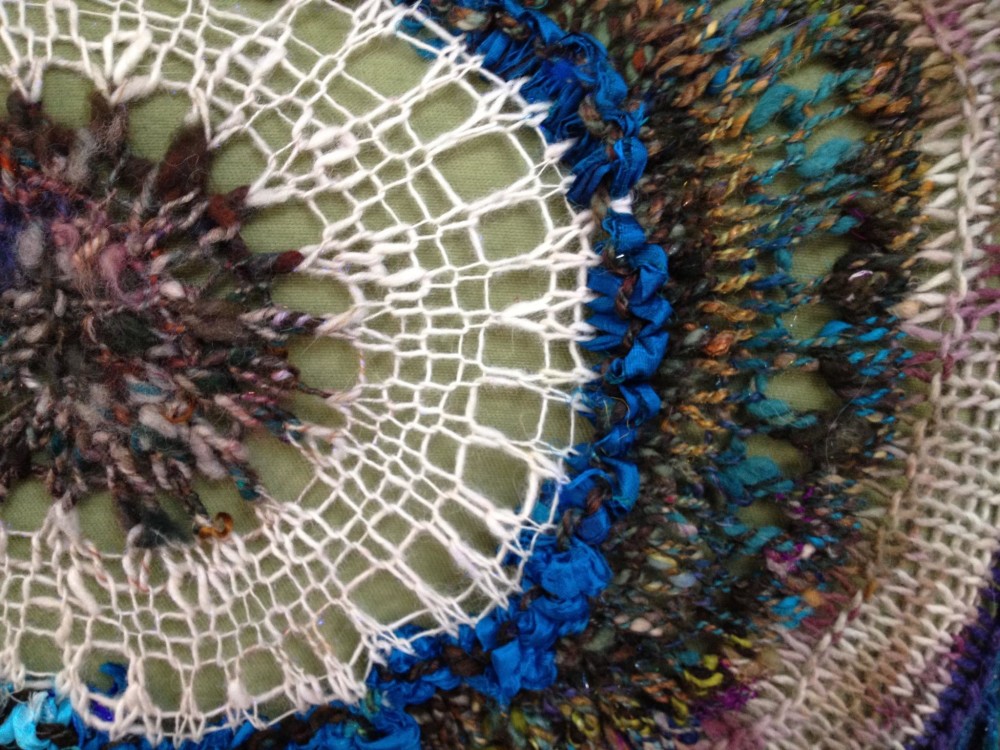

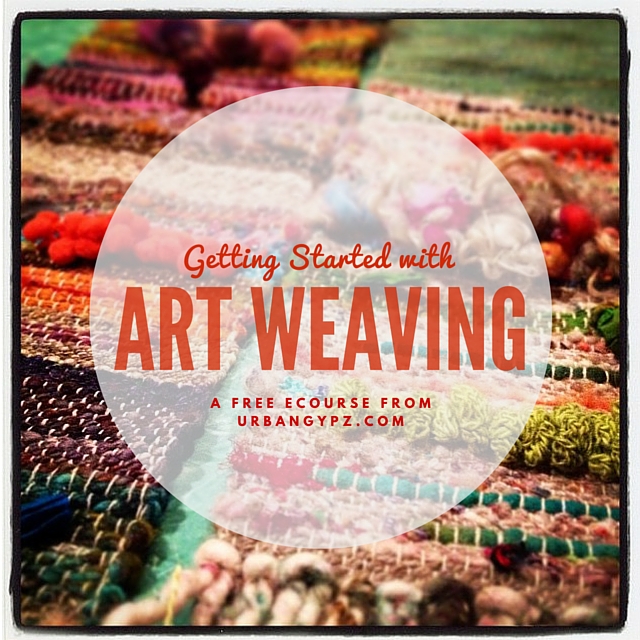
 Fiber artist Stacey Budge-Kamison AKA UrbanGypZ lives and works in Cary NC. She can also be found knitting in public, hammering out her latest e-course at local cafés and spinning yarns in her booth at her favorite arts festivals. A designer at heart, Stacey has decided that her mission is to help fellow knitters, crocheters, weavers and felters embrace their own style and creativity by exploring fiber art as it is a part of their everyday life and helping them embrace the title of artist no matter where they are in their journey.
Fiber artist Stacey Budge-Kamison AKA UrbanGypZ lives and works in Cary NC. She can also be found knitting in public, hammering out her latest e-course at local cafés and spinning yarns in her booth at her favorite arts festivals. A designer at heart, Stacey has decided that her mission is to help fellow knitters, crocheters, weavers and felters embrace their own style and creativity by exploring fiber art as it is a part of their everyday life and helping them embrace the title of artist no matter where they are in their journey. 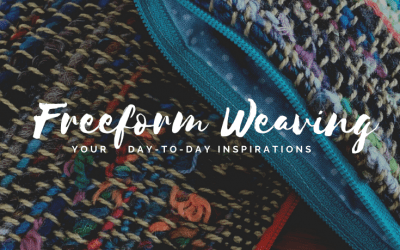
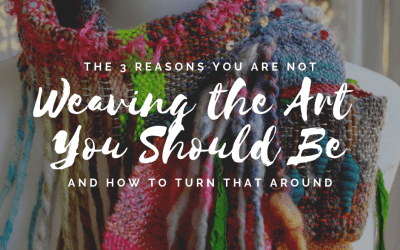
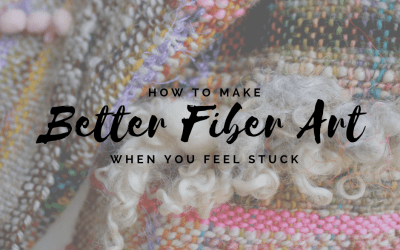
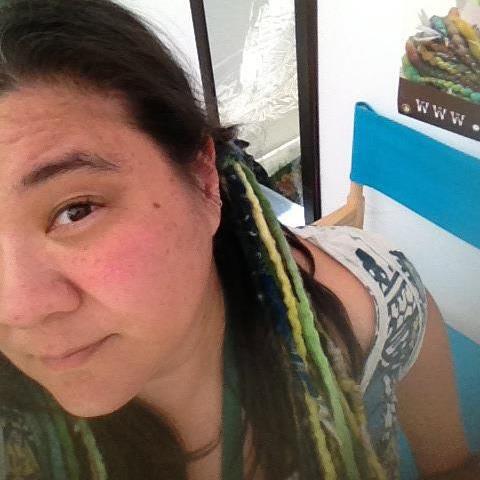

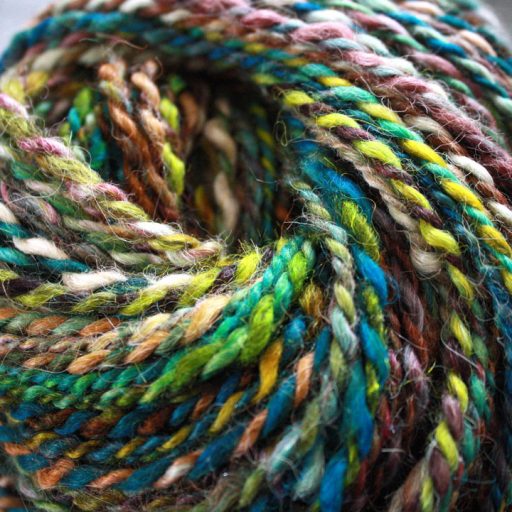


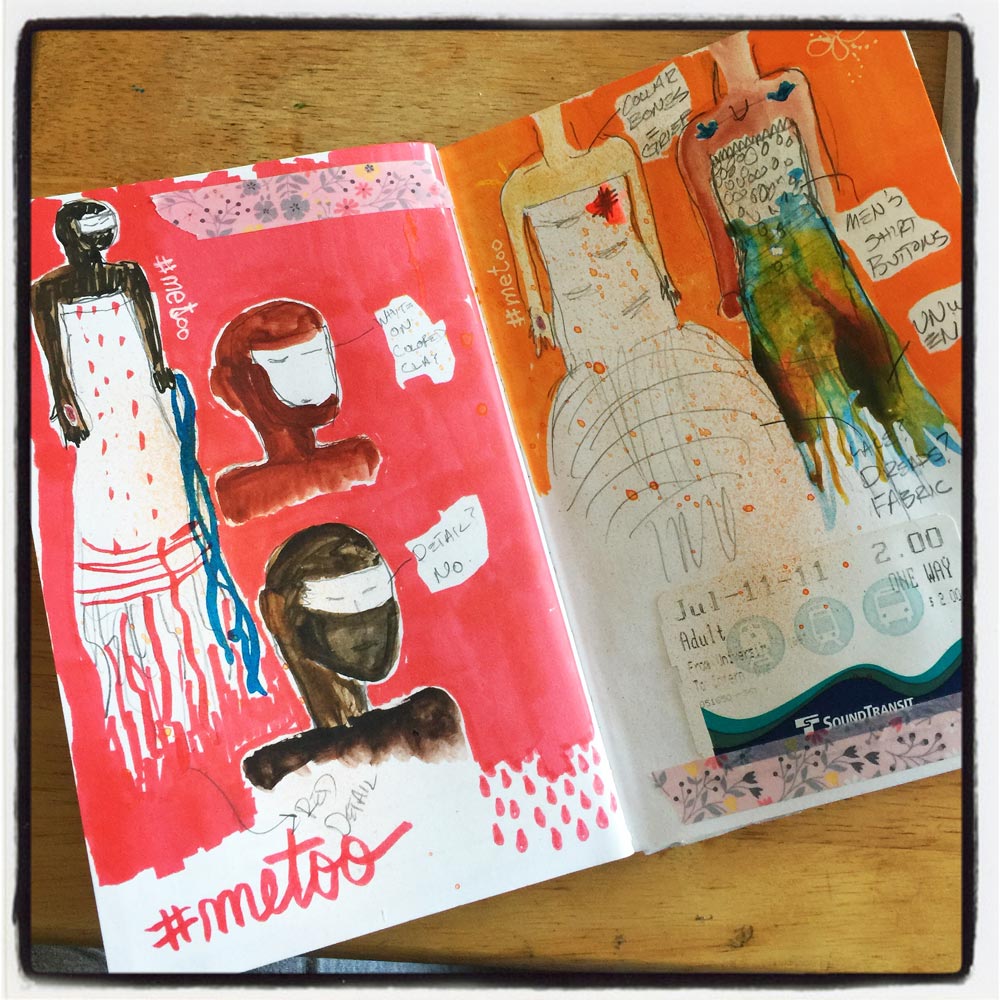

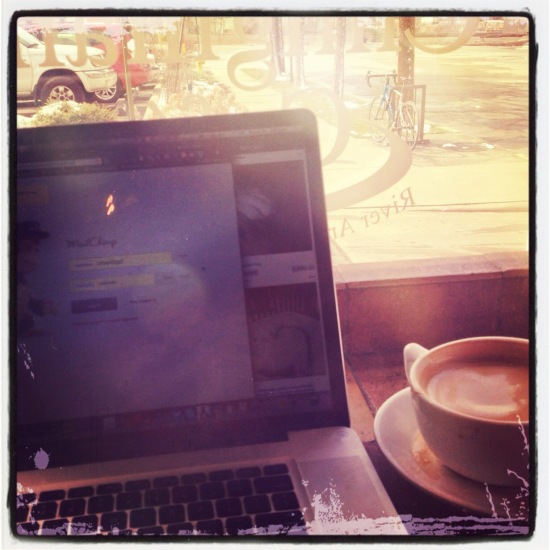
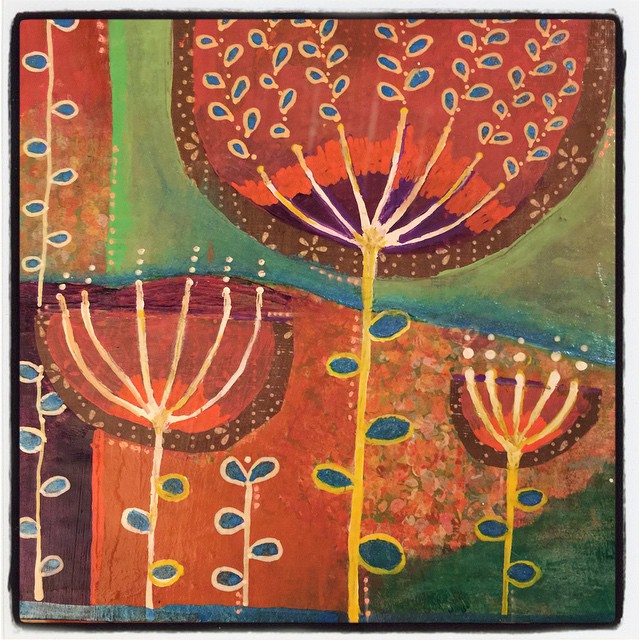

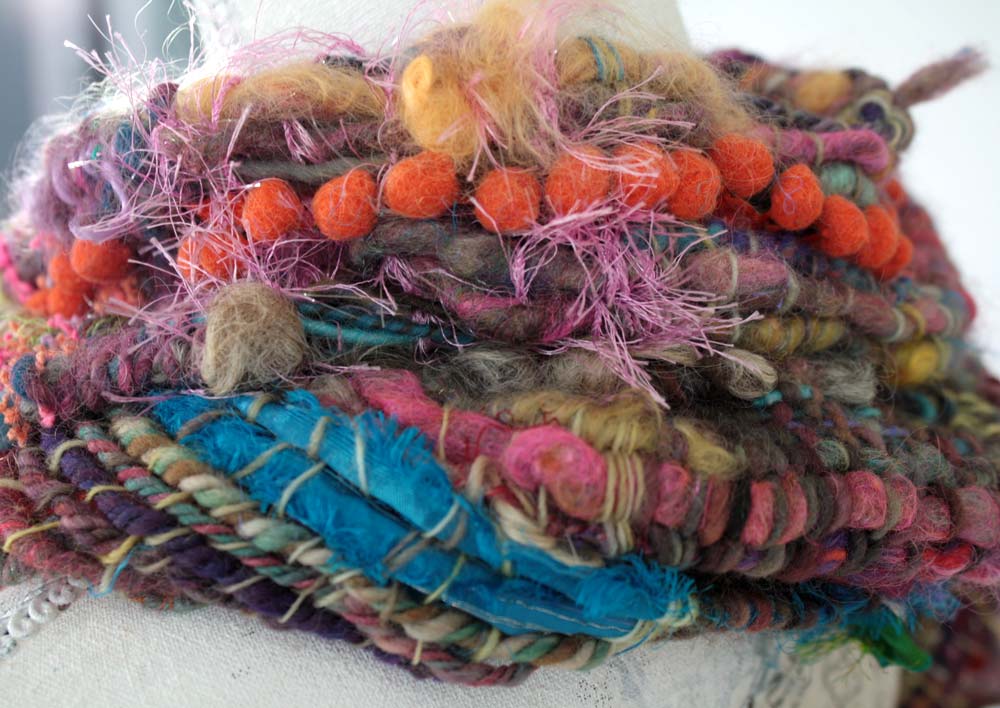
0 Comments